 |
| MSc. Pham Cuong - Director of Forestry Practice and Research Center, lecturer at Hue University of Agriculture and Forestry |
Discussing this issue with Hue today, MSc. Pham Cuong - Director of the Forestry Practice and Research Center, lecturer at the University of Agriculture and Forestry, Hue University. Mr. Cuong expressed his opinion: Urban trees in general as well as ornamental trees and bonsai trees must be cut and trimmed regularly and periodically to ensure they grow as desired and create aesthetics and landscape for streets, home gardens, parks... In any urban area, if trees are cut and trimmed with a purpose, plan and regularly, it will create aesthetics and uniformity. On the contrary, it will reveal asynchrony or trees growing not as intended by the grower, management unit...
Can you share your personal perspective on the current pruning of street trees in Hue?
Having had the opportunity to visit many places, I see that Hue street trees are basically well cared for, managed, cut and trimmed quite often. In terms of aesthetics, each person may have a different perspective, but basically, Hue street trees in general are quite special and not every urban area has them, especially with roads with typical trees such as "Flying Royal Poinciana" roads or roads with rows of hundreds of years old trees such as Le Loi and Nguyen Truong To streets...
As for natural disaster prevention and control, in my opinion, we should put it into real-life situations, year by year, to have a more objective view and assessment.
According to you, can cutting and trimming to prevent storms achieve aesthetic value?
This is a very difficult requirement, especially for a city with a large amount of trees like Hue. Moreover, pruning, trimming branches, and lowering the height of trees requires a large amount of funding. This poses many challenges for tree management.
Let’s calculate that a tree with a height of 15m or more, if you want to cut and trim it regularly, it will cost more than 10 million VND/time. While Hue has more than 70,000 street trees, cutting and trimming them regularly is very difficult to do.
But to manage trees well, there must be a regular pruning and cutting plan?
As mentioned, cutting and pruning are necessary and must be done regularly, but the technical and economic problem poses a big challenge for this, so we see that on many roads in Thuan Hoa and Phu Xuan districts in the past, trees were not cut and pruned regularly, leading to branches and leaves spreading out and spreading their canopies. If the dry season can ensure shade, but in the rainy and stormy season, there is a risk of affecting road users. However, if cutting and pruning regularly, at least once a year, the cost will be very large, creating a burden on the city budget. Moreover, this also requires human resources and specialized equipment, while we are very short of these equipment, especially cranes over 15m high.
Does this mean we only trim when there is a storm or is it really necessary?
Not really. Every year, the local tree management unit has a plan for planting, cutting, trimming, trimming, caring for, fertilizing, etc. They do this quite regularly. Thanks to that, we have a fairly uniform street tree system like today.
Some opinions say that the cutting and trimming of street trees in Hue is not scientific . While in the dry season they trim the branches, in the storm season they cut them bare?
With the current large number of trees, cutting, trimming, edge branches, and lowering height takes a lot of time. With a tree that is about 10m tall or more, with a wide canopy, it can take a whole morning to complete the cutting, trimming, transporting, and collecting of branches and leaves. Therefore, if the whole route is done, it will take days and days, while Hue has trees on almost every route. That is also the reason why we see that even in the summer, the tree management unit still has to cut and trim to ensure the plan for the year.
As for cutting bare, in my opinion, it also depends on the nature, level, type of tree, and the influence of the weather so that the authorities can decide which cutting method is most suitable.
Cutting bare will affect the growth and development of the tree, not to mention the aesthetics, do you think?
It is inevitable that it will affect the growth and development of trees. But we should not worry too much about this. Because after only a few months, the trees will grow again. On average, each tree can grow an additional meter in canopy and branches per month. However, it is difficult to guarantee aesthetics. But in each specific situation, specialized agencies are forced to take action to ensure the function of preventing and combating natural disasters.
Furthermore, for urban trees, most of them are horizontal roots that cannot cling as deeply as forest trees (taproot trees have good grip). Therefore, when there is a storm, especially a big storm, if the branches are not cut or trimmed, they will easily fall down.
So why don't we choose to plant taproot trees to limit falling due to storms?
This also depends on the terrain, soil quality, urban space, etc. Because most urban areas only reserve a moderate area of land on the sidewalk for planting trees, in addition, the urban soil is not good, sometimes affected by digging for construction of infrastructure works, houses, etc., so urban trees often develop horizontal roots. Trees in parks with open spaces, not affected by public works and houses can develop taproots that cling deep into the ground, so they rarely fall or fall due to storms.
In my opinion, pruning urban trees should be done about twice a year, if possible, or once a year to ensure aesthetics, prevent natural disasters, and help trees rejuvenate and grow and develop better.
Thank you!
Source: https://huengaynay.vn/kinh-te/cat-tia-cay-xanh-phai-co-muc-dich-ke-hoach-cu-the-158108.html




![[Photo] Students of Binh Minh Primary School enjoy the full moon festival, receiving the joys of childhood](https://vphoto.vietnam.vn/thumb/1200x675/vietnam/resource/IMAGE/2025/10/3/8cf8abef22fe4471be400a818912cb85)

![[Photo] Prime Minister Pham Minh Chinh chairs meeting to deploy overcoming consequences of storm No. 10](https://vphoto.vietnam.vn/thumb/1200x675/vietnam/resource/IMAGE/2025/10/3/544f420dcc844463898fcbef46247d16)




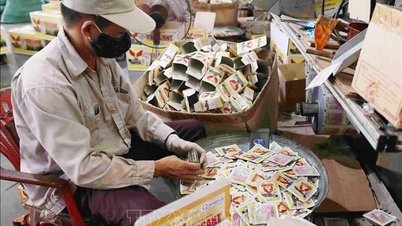













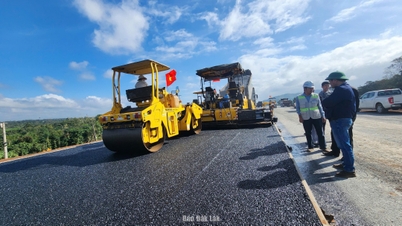

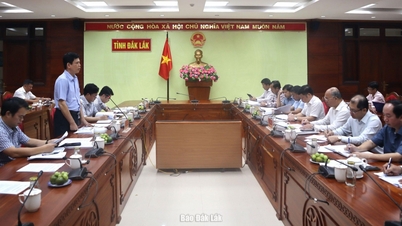




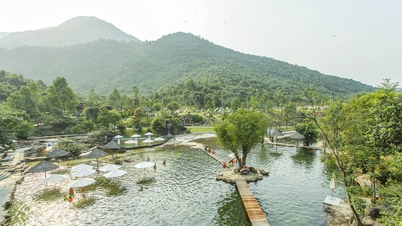




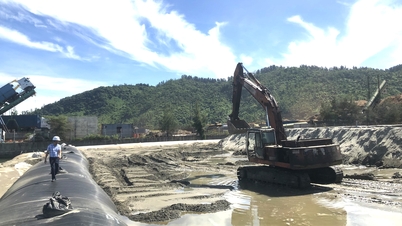

















































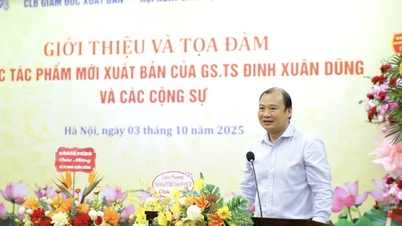

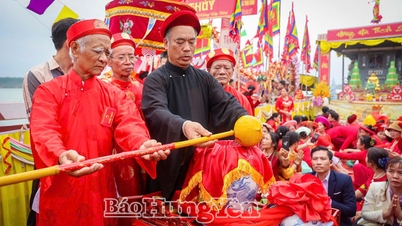



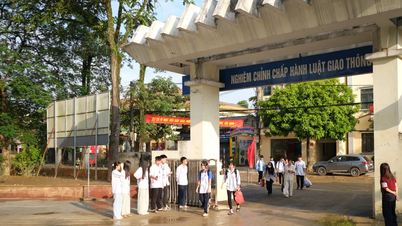

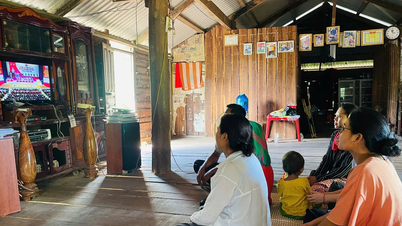













Comment (0)